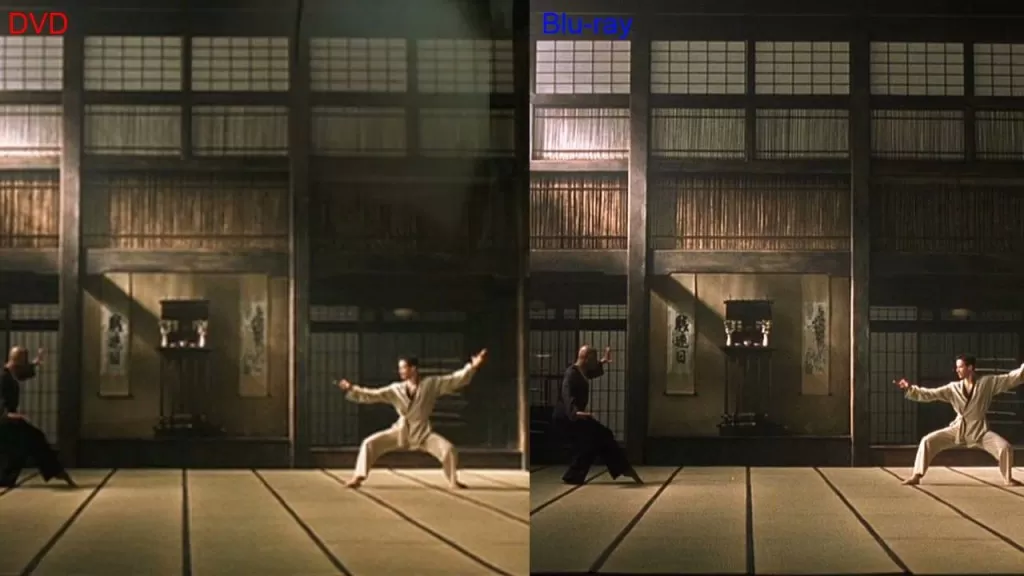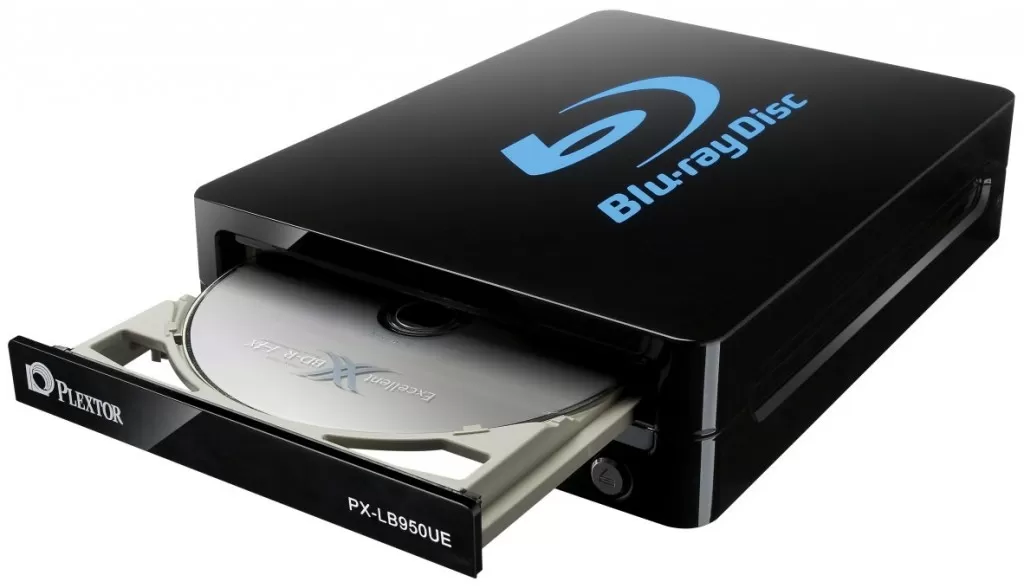
Back in the year 1997 when DVD (Digital Video Disc or Digital Versatile Disc) just reached the market it was considered as a huge technological breakthrough that was responsible for revolutionizing the movie industry since it covered the entire world and everyone would love to have it at homes (after the CDs, of course!). But with time it too had drawbacks that were apparently creating issues like not reading the disk properly and precisely. The phenomenon is known as birefringence in which the moment the light ray reaches the transparent disc’s surface it splits into two different rays (both ordinary and extra ordinary rays) traveling at different speeds, directions and wavelengths. Birefringence is also known as double refraction (phenomenon in which the light ray gets bent into a specific angle once it reaches the transparent object). This led to not delivering accurate results in their original form in which those were fed into the disc.
With years of experiments the technical enthusiasts proposed a new technology that, instead of using red laser, uses blue laser light. Blue laser has shorter wavelength than red laser and hence it is pretty capable of reading from and writing to the disc with much shorter wavelength of 405 nanometer (nm), in contrast with the DVD that used 650 nm wavelength and CD that used 780 nm of wavelength. Lesser wavelength enables storing large amount of data nearly five times a DVD can save. The Blu-ray technology is therefore used to store High Definition (HD) movies with an additional benefit of not compromising the accuracy. The project was undertaken collaboratively by LG, Hitachi, Matsushita (Panasonic), Sony, Pioneer, Samsung, Sharp, Philips and Thomson.
There are two types of Blu-ray discs – single-layered and double-layered. As for storage capacity is concerned a single-layer Blu-ray disc is capable to hold 27 GB of data which is equivalent to 2 hours of HD quality video and 13 hours of standard video. A double-layer Blu-ray disc can accumulate data up to 50 GB, i.e. approximately around 4.5 hours of HD quality video and 20 hours of standard video.

The disc can record high definition video since it supports data streams at 36 mbps. It is not possible to play this disc on CD or DVD players because the hardware needs blue colored laser light and not the red laser that these players have. Since the technology is latest not all movies are available in high definition currently, except a few. The CDs and DVDs were in the norm for roughly around 30 years and that is why one easily gets the access to that standard’s quality video.
Well practically no one keeps any discs at present since everyone has external hard disks of large capacity that can store bulk of movies and much more, mobile phones to keep songs, photos and videos, plus most people also prefer storing their contents in Cloud. But this doesn’t mean the technology doesn’t work without the discs. The disc has significance if someone wants to write the high definition movies onto it and use it later for reading. One may also download the contents of HD quality which would require much storage space high as five times as normal video display would. Also if your T.V. has the technology of HD video display you may talk with your service providers and recharge it for the same so that you may enjoy the highest quality graphics, that otherwise wouldn’t be possible if you had a normal TV and/or recharge.
One must not get confused with the physical size the disc has since it is nearly the same as that of DVD. The size is comparatively equal and the cost is somewhat more than CDs and DVDs but is quite affordable by most folks. Blu-ray discs are a big hit among gamers since the versions of Playstation (PS3 and above) have the drive already installed and people actually enjoy such graphically sound gadgets while playing, thereby giving them the real-time experience!







